In this article, we’re going to take a look at Capcom’s different approaches to game development, as well as examine the structure of its internal studios.
Capcom is among the oldest companies in the gaming industry that has experienced significant ups and downs throughout its the decades, which is clearly evident in the games it has produced over the years. It’s rare for someone to discuss exactly how this company operates and what approach it takes to game development, as most discussions tend to focus on the outputs resulting from these approaches. So, today we’ve decided to take a look at the overall structure of this company, its internal studios, and how its approaches have evolved over time.
On the way, we’ll reminisce about old games and perhaps even briefly discuss their development process, so that ultimately we can paint a comprehensive picture of how this company has evolved over different decades. So, stay tuned with Gamefa.
An overview of the founding story of Capcom

Have you ever wondered what the name “Capcom” actually means and where it came from? Since you probably haven’t, let me begin the article with a short biography of this company. It was the year 1979, and the gaming industry was experiencing rapid growth. Mr. Kenzo Tsujimoto, CEO of Irem Corporation, decided to establish a company called I.R.M Corporation, which focused on manufacturing electronic gaming devices.
This company had a subsidiary and auxiliary company named Capsule Computers, which was precisely focused on this goal. In 1981, alongside the parent company, its name changed to Sanbi Co. In 1983, Mr. Tsujimoto founded a subsidiary called Capcom Co, aiming to acquire the internal sales department, which ultimately merged with Sanbi in 1989, officially establishing the Japanese branch of Capcom. As you may have deduced, the name “Capcom” is an abbreviation of “Capsule Computers,” derived from the initial letters of each word.
Capcom began its early years by manufacturing arcade machines, and the name “CAPsule COMputers” was an attribute given to these devices. However, over time, this name evolved into a broader philosophy for the company, conveying a deeper meaning. The word “capsule” precisely refers to a container filled to the brim with engaging and entertaining content, while also reflecting the company’s inclination to protect its original content with an external shell during a period when illegal games and their proliferation were on the rise.

The first official game from Capcom is considered to be “Little League,” an arcade experience dating back to 1983. In the following years, titles such as “Ghosts ‘n Goblins” and “Commando” were developed, which introduced the company to the eight-bit gaming market. Interestingly, “Commando” became the first game from Capcom to be licensed for home computer release. Eventually, the port of “1942” for the NES console marked Nintendo’s endorsement of Capcom, opening the door for Capcom’s games to reach home consoles, a trend that continues to this day.
It’s worth mentioning that in the late 1980s, precisely when the development of the game “Mahjong Gakuen” began, Capcom was on the brink of bankruptcy. Fortunately, this title managed to surpass the successful “Ghosts ‘n Goblins” at the time, which was the eighth best-selling arcade game, truly saving the company. However, this didn’t necessarily mean the issue was completely resolved.
Capcom is recognized as one of the last major publishers focused on 2D games, with a significant emphasis on the SNES console as its primary destination platform. This focus largely set them apart from their competitors. At that moment, the company may not have known how close they were to becoming one of the most influential and largest game developers in the history of the industry. I believe we’ve painted a general picture of Capcom’s early years; it’s time to delve into the main topic:
The company’s structure and its changes over the years
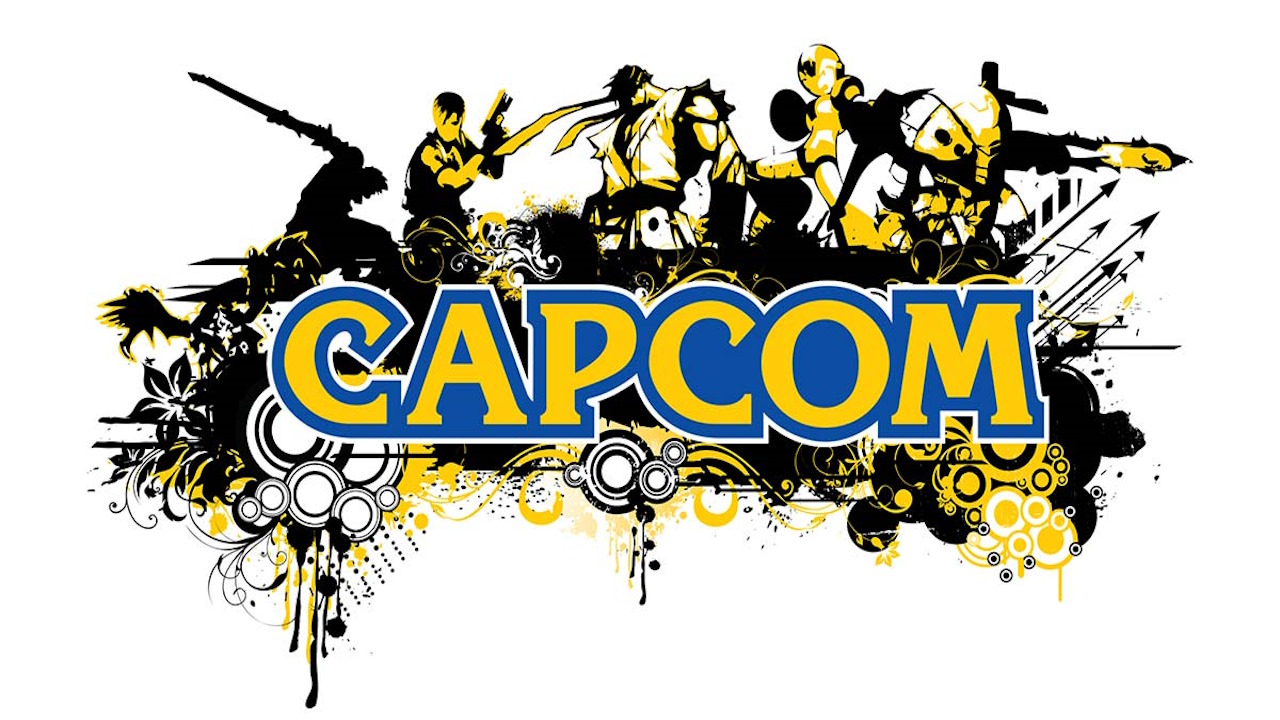
The early years to the end of the 1990s
It can be said that Capcom, from the late 1990s onward, began to organize and categorize its internal teams as the transition to 3D consoles and the increasing complexity of game development took shape. However, this process took years to reach its final form. In its early years, the company didn’t necessarily have a fixed form or teams, but there were three influential figures who almost led each of the development teams that gathered to create a game, and sometimes they even took on roles such as designer.
These three influential figures were Yoshiki Okamoto, Takashi Nishiyama, and Mr. Tokuro Fujiwara, with Shinji Mikami also considered a master. For example, when two titles, Commando and Ghosts ‘n Goblins, were in development, Mr. Tokuro Fujiwara served as the leader for both projects and even participated as a designer and director for each game respectively. Coincidentally, both games achieved good sales, allowing Fujiwara to showcase his abilities effectively.

Mr. Tokuro Fujiwara, producer of Street Fighter and one of the leaders of three development teams at Capcom in the 1990s.
On the other hand, the title Street Fighter II was developed by a team consisting of 35 to 40 people, with a budget of $2,450,000 at that time, with Mr. Yoshiki Okamoto serving as one of the producers of this work.
After some time, these three individuals took leadership of three separate development teams, known as the “Planning Room” during that period. This general structure persisted for a long time. However, as the late 1990s approached and the gaming culture shifted, Capcom decided to change the overall structure of its internal teams. This decision marked a shift in the philosophy of game development and the overall structure of game development within the company.
Start of the new century with Capcom Production Studios
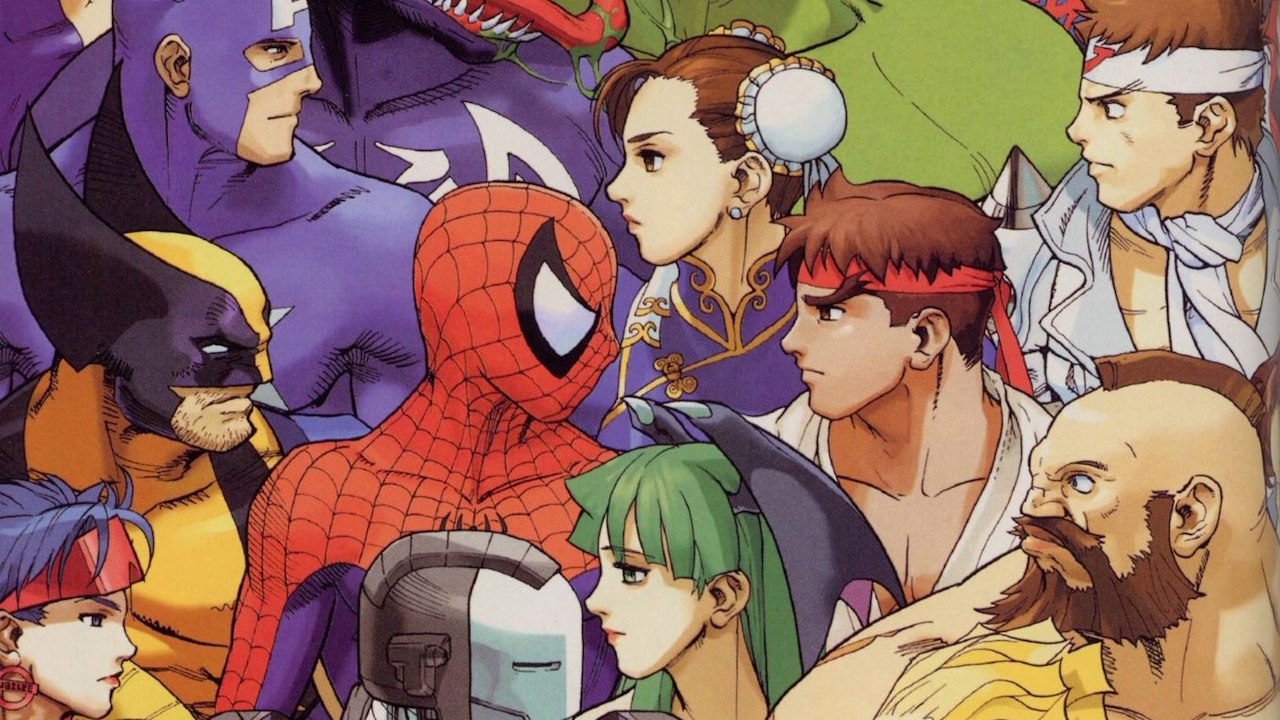
In the last year of the twentieth century, 1999, Capcom decided to completely abandon the Planning Room structure and focus on transforming the internal structure of its development teams. Consequently, studios named Capcom Production Studios were established and numbered from 1 to 5. With this change in approach, Capcom was able to significantly increase the efficiency of sharing technologies and skills it possessed internally. Over time, each of these studios evolved into independent departments with specific objectives.
CPS 1 developed various fighting games for Capcom, including:
– Marvel vs. Capcom 2: New Age of Heroes
– Capcom vs. SNK: Millennium Fight 2000
– Capcom vs. SNK 2: Mark of the Millennium 2001
However, the main task of this studio was to focus on developing online-centric games for the PlayStation 2 console. These titles included Auto Modellista, Monster Hunter, and two versions of the Resident Evil Outbreak series: Outbreak and Outbreak File #2.

CPS 2, unlike Studio 1, had a greater focus on the Mega Man franchise. From its inception until 2005, it developed six installments of the Mega Man Battle Network series. Additionally, alongside these titles, Studio 2 was able to add the Onimusha franchise to its list of games over time. In fact, the last work created by this studio was the title Onimusha: Dawn of Dreams.
CPS 3 had a very close relationship with CPS 4, and as a result, a significant number of titles from the Resident Evil franchise stand out in the studio’s portfolio, including:
– Resident Evil 0
– Resident Evil: Dead Aim
– Resident Evil Survivor
– Resident Evil Survivor 2 – Code Veronica
It’s worth mentioning that except for RE0, which was developed internally, the other mentioned titles were created in collaboration with Capcom Production Studio 3.
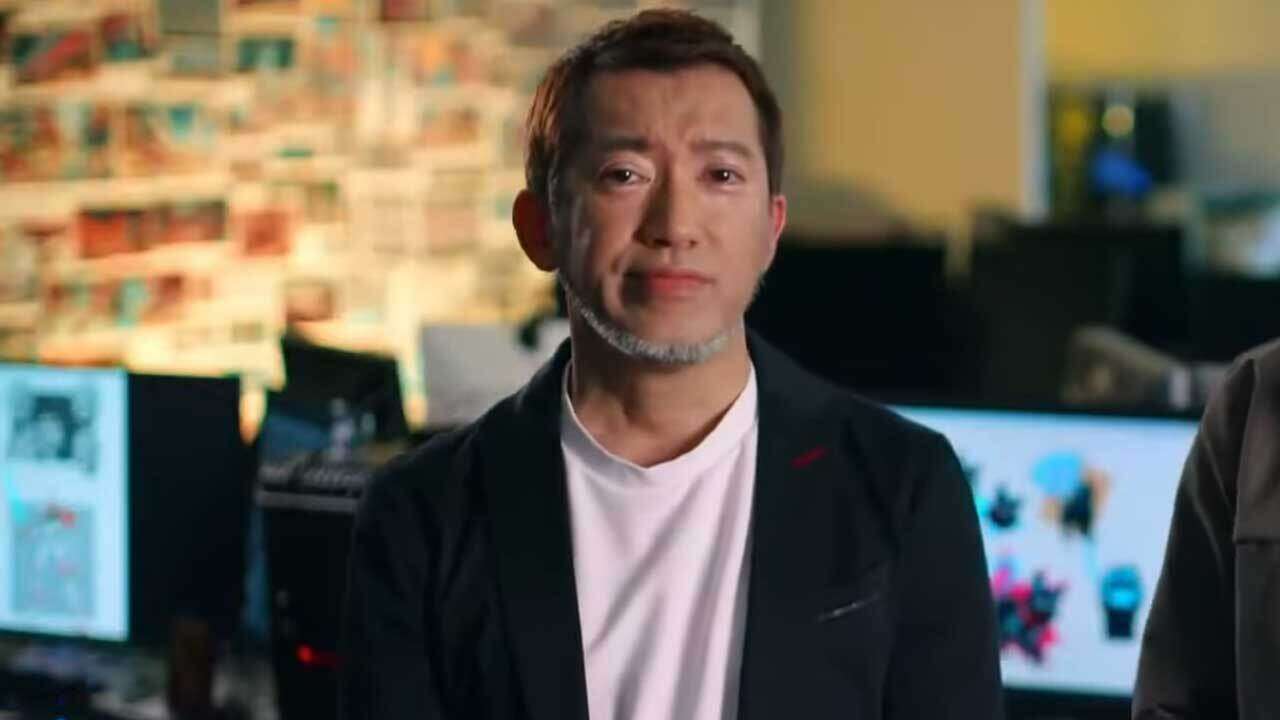
CPS 4 can be considered the most prominent studio within Capcom’s internal structure during that era. This studio was led by Shinji Mikami for most of its active period and comprised members of the development team behind the first installment of the Resident Evil franchise. The first projects of Studio 4 were the title Biohazard 4 directed by Hideki Kamiya and Dino Crisis 2 directed by Shu Takumi. The initial prototype characteristics of Biohazard 4 quickly caught Shinji Mikami’s attention. Since it largely deviated from the franchise’s identity, Mikami persuaded the development team to turn it into a new IP, which eventually became Devil May Cry.
However, as the new century approached, the first project developed by this studio was the title Phoenix Wright: Ace Attorney, directed by Shu Takumi. The development of this game began approximately six months after the release of Dino Crisis 2. Not only was this game the first title released by the studio in the new century, but it also added a new IP to Capcom’s franchise list and garnered very positive feedback. It’s worth mentioning that Shinji Mikami was not entirely supportive of the general idea of this work.
In 2001, the development approach of games in this studio completely changed when Mikami announced during a press conference the studio’s support for the GameCube console and unveiled the Capcom Five agreement. According to this agreement, five future AAA games from this studio were supposed to be exclusively released for Nintendo’s sixth-generation console. These titles included:
– Viewtiful Joe, a 2D action game directed by Kamiya
– Dead Phoenix, a shooter game
– PN.03, a sci-fi shooter directed by Mikami
– Killer 7, a sci-fi experience directed by Goichi Suda
– Resident Evil 4, the first action installment of the series directed by Hiroshi Shibata
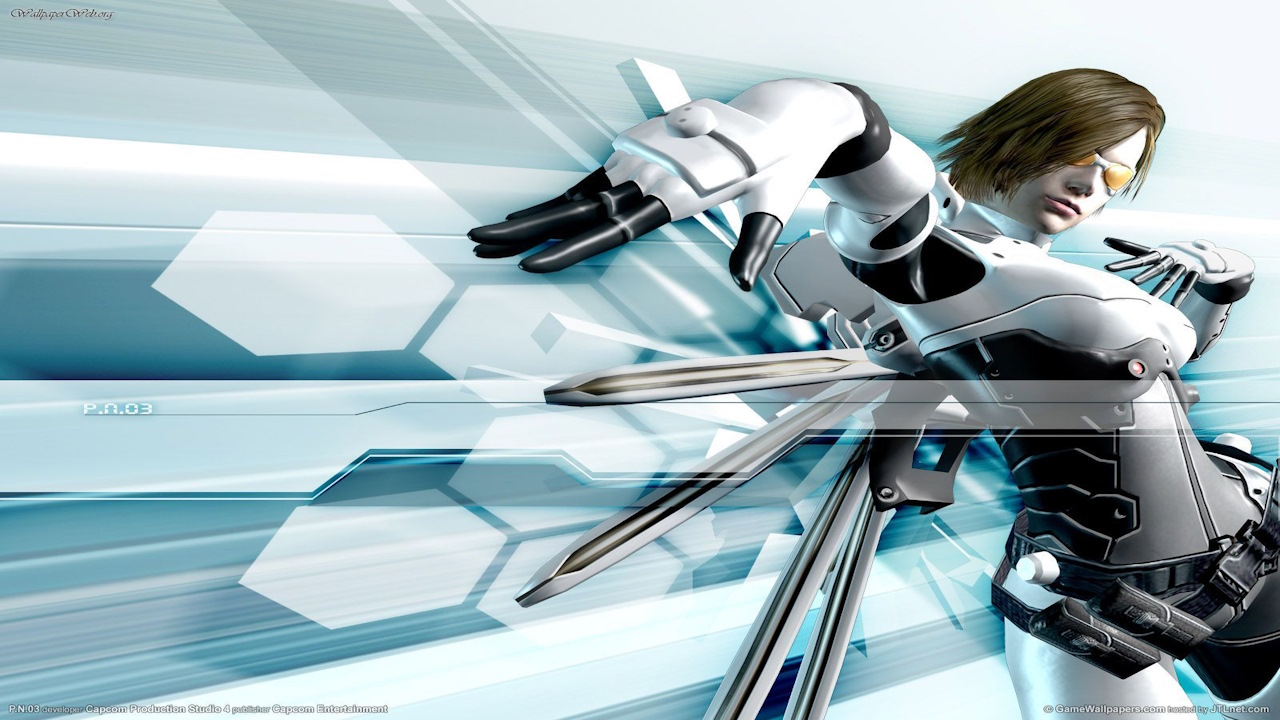
Shinji Mikami had a lot of problems with the PS2 console hardware and its limitations, and officially announced that he intends to release all numbered versions of Resident Evil exclusively for Nintendo consoles. In the same vein, he introduced the remake of the first franchise for the Game Cube console. A very interesting point that actually referred to the change of era of this series was the change of game name letters from large to small, so that now the game name had changed from its usual style, “RESIDENT EVIL”, to “Resident Evil”.
The summary is that during this period, CPS 4 was busy with various works, but it was during this period that many problems arose for this studio; All games introduced in the Capcom Five contract were somehow faced with multiple problems and delays, which directly hit Capcom and Nintendo. The first works released during 2002 and 2003, namely Viewtiful Joe and PN.03, both faced very low sales figures. Of course, while Viewtiful Joe had a better situation according to Capcom, the title PN.03 only managed to sell eleven thousand copies in the first week!
The development of Dead Phoenix was struggling with many unspecified problems, which eventually prevented it from attending the E3 2003 event, and in the same vein, Capcom announced the cancellation and cessation of the development of this game a while later. On the other hand, Dino Crisis 3, which was the only non-exclusive Nintendo game of Studio 4, could not face positive feedback, and as a result, Capcom did not profit from this game either!

On the other hand, the development process and ideas behind RE4 were constantly changing and were unstable. Mikami criticized this unstable situation in an interview in 2002, saying that the game changes almost daily! In early 2003, the game’s screenwriter, Yasuhisa Kawamura, was rewriting the story of this work to implement a more surreal narrative to increase the ability to compete with the Silent Hill franchise. But in the end, it was clear that the Game Cube did not have enough ability to illustrate Kawamura’s ideas, and therefore, in the end, Shinji Mikami himself took on the role of the writer and replaced Hiroshi Shibata on the director’s chair.
Since Mikami believed that the reason for the low sales of RE titles at that time was their repetition for fans, he decided to introduce new audiences to the franchise by focusing heavily on an action-oriented process. All these multiple problems and spending a few years full of downs with a few minor ups finally convinced Capcom that it was time to change the structure of its internal studios. Therefore, in the spring of 2004, this company established Clover Studio, which was made up of more experienced people, and almost half of the Studio 4 team, including Mikami, were transferred to this studio. Finally, after the release of RE4 and Killer 7, this company decided to close CPS 4 and change the internal structure of its studios.
CPS 5 was also the fifth and last studio in this period, which mainly focused on mobile games and ported some of Capcom’s classic titles, including Mega Man, 1942, Ghosts ‘N Goblins, and Commando, for mobile phones. In the meantime, it was able to develop and release the title Darkstalkers Chronicle: The Chaos Tower for the PSP handheld console.
Division-centric structure from 2005 to today

After the problems that CPS 4 faced, Capcom decided to review and change the overall format of its internal studios. As a result, all Capcom Production studios merged with this company, and two main teams named Consumer Games Development Divisions came out of them, which are actually divided into three different Divisions. Each of these Divisions has some specific IPs at its disposal and has its own dedicated tasks.
Division 1, which can be somewhat referred to as the main internal studio of this company, is a studio that generally targets a broad and international audience, and the construction of games in franchises such as Resident Evil, Devil May Cry, Mega Man, or Dead Rising is its responsibility. In fact, it can be said that this Division replaced CPS 4.
This Division has four different “departments”, each of which is considered a separate development team, which actually allows this internal studio to work on four different games simultaneously. For example, the title RE7 and the remake version of RE2 were both being developed simultaneously, and while on paper both were developed by “Division 1”, they were actually in separate teams. Also, RE8 was able to enter the pre-production phase by one of the other two teams of this studio during this time, and finally, part of the RE7 team went to help that team.
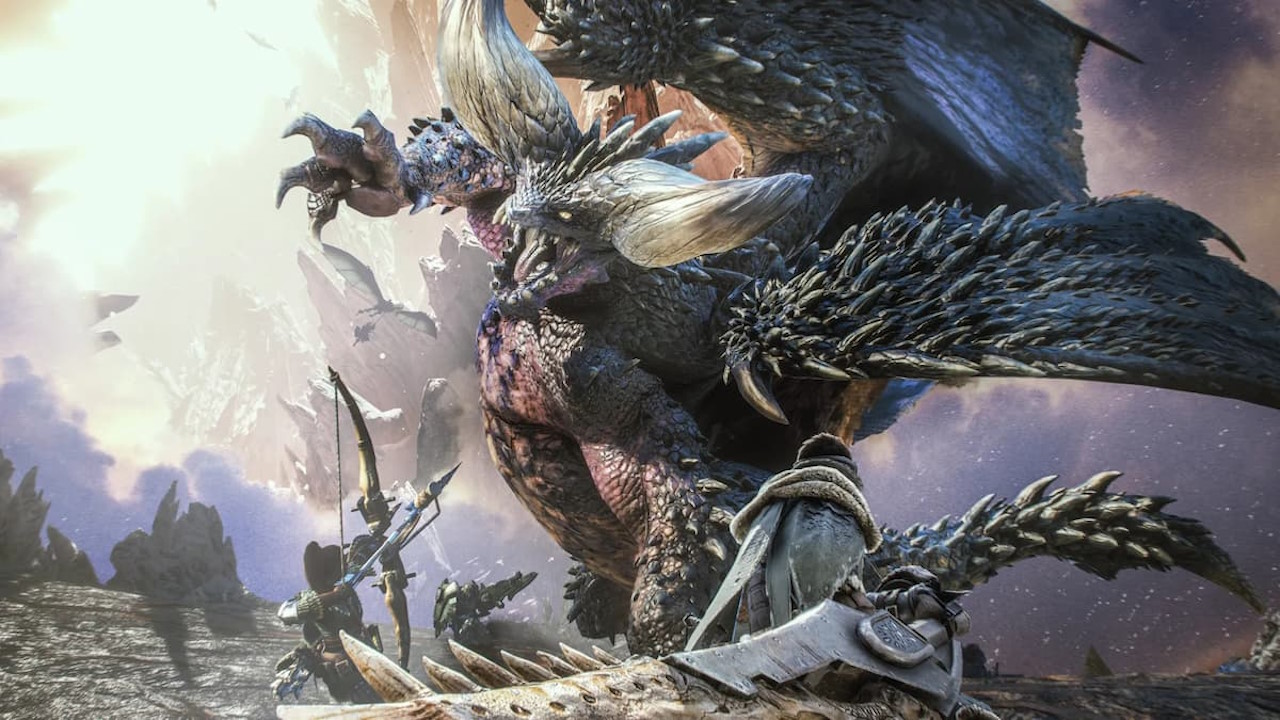
So from now on, if you hear somewhere that news of a game being developed by Division 1 has been released, it does not necessarily mean that this studio is completely busy. As we know from the leaks in recent years, the ninth part of Resident Evil entered the pre-production stages before the release of RE8.
Division 2 has more traditional and sometimes smaller franchises of the company, including Ace Attorney, Onimusha, or Ōkami, which are generally more Eastern-friendly IPs. This studio is also divided into different departments, but due to the smaller scale of its projects, there is not necessarily accurate information about the number of these departments or how they collaborate and coordinate.
Division 3 also has the company’s fighting franchises, including Street Fighter and Marvel Vs Capcom, and also the development of Monster Hunter and Lost Planet titles is also the responsibility of this studio. Also, this studio focuses on developing online-centric games, and while I personally could not find a definitive document, probably the title Exoprimal was also developed by this studio.
Supporting studios
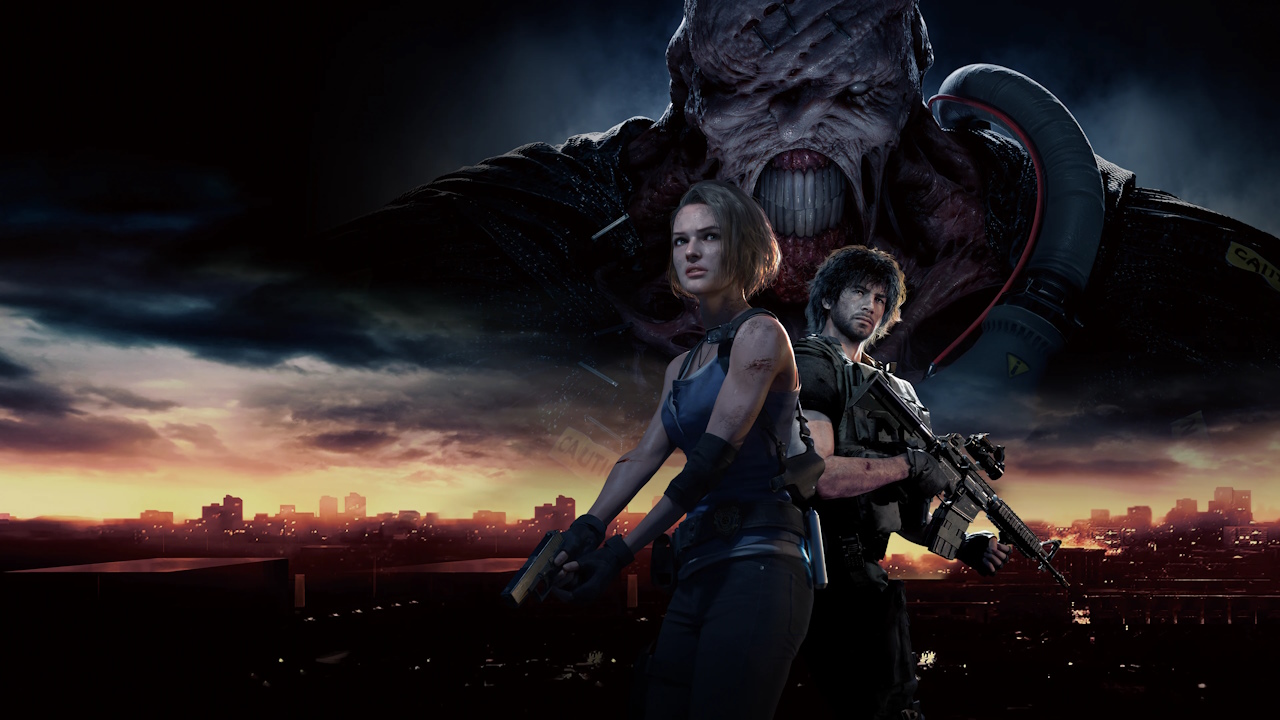
In the meantime, there are also studios that are known as support studios, the most prominent of which are MTwo and .K2 CO, both of which had a joint role in the development of RE3, and Division 1 was also present as a supervisor.
Since these two studios needed various assets of Division 1 works, this studio provided these assets to them and generally supervised their utilization, but did not necessarily have a direct and extensive role in the development of this work. However, it should be noted that the two mentioned studios are not necessarily composed of newcomers, and the problems around RE3 were mostly related to the very low budget, compressed development time, and wrong ideas and approaches.
Obstacles and outsourcing
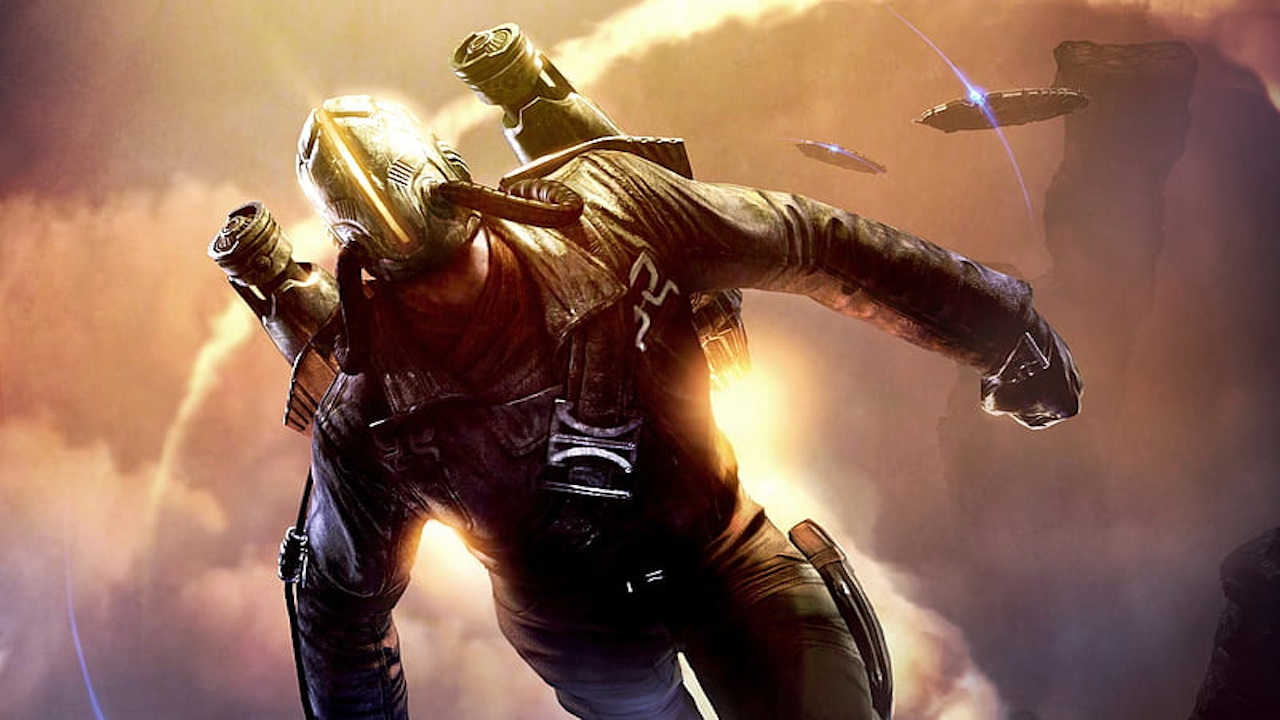
The role of foreign studios and the development of Capcom’s IPs by them was very prominent exactly during this period of internal structure review and continued from 2005 to late 2014. Works such as DMC: Devil May Cry, the third installment of the Lost Planet franchise are among the biggest names in Capcom’s game catalog, which were developed by Ninja Theory and Spark Unlimited respectively, and both were criticized in a way. DMC was a very good hack and slash experience independently, but in terms of identity, it had undergone extensive and not very logical changes, and this issue discouraged many fans from this game.
Capcom’s choice to outsource Lost Planet 3 to a foreign studio was also a strange decision that ultimately led to the decline in quality of this game, even despite its delay. But in addition to the existing franchises, during this period we saw Capcom’s support for many foreign studios in the role of publisher and release of new works. Titles such as Remember Me, Dark Void, and Bionic Commando were among the works that were released during this period, which despite providing a suitable variety to the library of this company, they still could not be so successful.
Especially the two titles Dark Void and Bionic Commando faced very low sales, and this issue caused a lot of damage to Capcom. The overemphasis of this company on foreign studios and the outsourcing of some important projects to these studios not only led to a decline in the quality of this company’s works, but also lost the trust of many fans. This issue led to a gradual decline in the sales of this company’s works and reached its peak in 2013, so that on April 18, 2013, this company announced that it has reduced its sales expectations for titles such as RE6 and DMC, and this was not the first time we saw such a thing from Capcom.

During that period, Capcom’s expectation for RE6 sales was around $4.9 million, while the company’s initial expectations were around $7 million. Expectations for DMC sales also dropped from $2 million to $1.15 million. The company at that time gave three reasons for this change in outlook towards the sales of these works:
- Late response to the expansion of the digital content market
- Lack of optimal coordination between advertising departments and game development departments in branches outside of Japan
- Quality drop due to over-delegation of games to foreign studios
In this regard, Capcom announced that it intends to increase focus on add-on packages or DLCs and carry out game development internally. Also, a serious “review” of works under development as part of “changing business approaches” for this company became a priority. In fact, it was at this point that Capcom began the process of changing approaches and heavily relying on its internal developers, which ultimately led to a loss of about 7.2 billion yen, equivalent to about $4 billion today for this company!
Since then, all sequels and future versions of existing franchises have been delegated to internal divisions, and the development method, budget, and target platforms for each of the games are determined in meetings with the presence of management, advertising, sales, and internal quality control departments of this company. The development process of a video game by Capcom is carried out under the supervision and standards of these departments, a process that continues to this day.
Final Words
As you read throughout this article, Capcom has always been grappling with internal changes and structural transformations in the course of its history and with its growing popularity, aiming to optimize the development and production of its games. A deeper look at some points in the history of this company and its business approaches can shed more light on the gradual decline in the quality of this company’s works and also the turmoil in their development, especially in the mid-2010s.
It can be confidently said that today, this company’s business approach, status, and philosophy of internal game development are perhaps in the best state in the overall history of this company. This is because the various internal Divisions of the company have provided efficiency and also the order and coordination between them have increased the efficiency of the release of high-quality games. It is not known at which point in Capcom’s history it will again change and transform the structure of its internal studios, but the stability of this company today is thanks to years of trial and error, extensive losses, and ultimately the maturity of its game development culture.


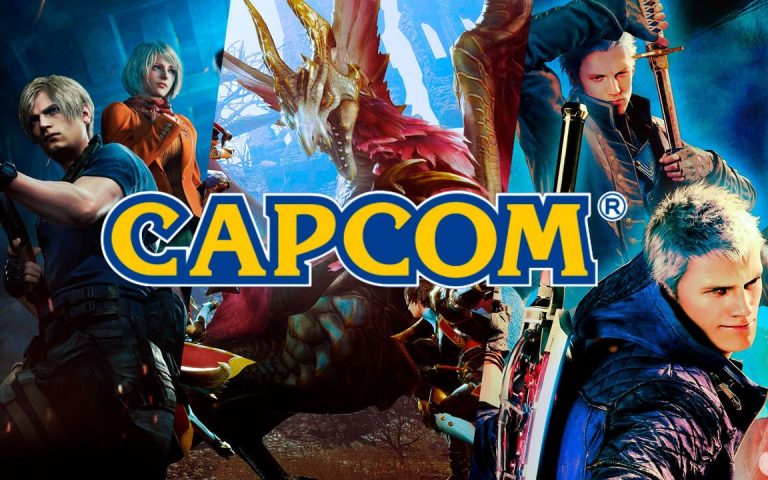
Comments